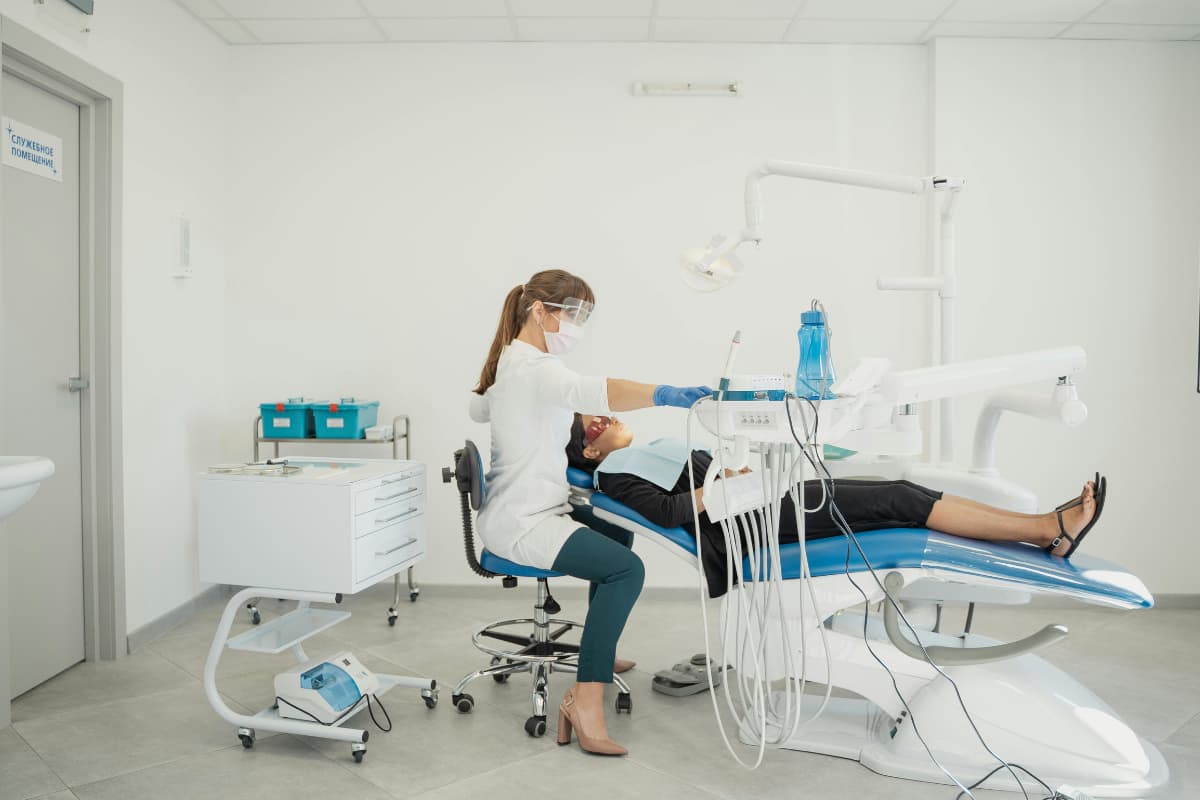As a doctor, if you want to know which medication a patient is taking or which pre-existing conditions exist, you should consult the patient file as a matter of course. In many practices, this document is still managed and archived in paper form. But that is no longer up to date in 2021. Legislators have therefore introduced electronic health records, which will gradually replace traditional physical records.
What is the electronic health record?
Since January 1, 2021, legally insured persons have the right to an electronic health record — ePA for short. This digital patient record is made available as an app by the respective health insurance company and may therefore differ slightly in appearance depending on the provider. Insured persons can install the app on a device such as a smartphone or tablet. From 2022, it should also be possible to use the ePA via the desktop. The digital file is, of course, voluntary for the patient.
The advantage of ePA for patients is that they can handle their health data more independently. He decides completely autonomously which data he shares with which doctors — and which not. The ePA is not yet available to insured persons with private health insurance companies. However, this is set to change in 2022.

Which data can be stored in the ePA?
The electronic health record can essentially collect the same information as in conventional physical records, for example. For example:
- diagnoses
- medication plans
- treatments
- therapeutic measures
- Doctor's letters
- laboratory findings
In addition, patients can also add data themselves (for example from fitness trackers). In addition, emergency data sets can also be created, in which allergies or other intolerances are entered, for example.
According to the legislator's will, the EPA should be gradually expanded. From 2022, it should be possible, for example, to add maternity and vaccination passports as well as, for example, dental bonus booklets. The aim is for all important health data to be available in one place.
Physicians must meet these technical requirements
In order for practices to be able to use the new electronic health records and read them out depending on the patient's approval, a number of technical requirements are required. In order to be able to use the ePA — and the following applications — your practice needs a connection to the telematics infrastructure (TI). All components must be approved by Gematik (National Agency for Digital Medicine).
Practices that want to connect to the telematics infrastructure for the first time need these components:

In addition, the practice management system (PVS) must be adapted. If you make home visits, you should buy a mobile card reader. These also work offline. However, no data can be updated with the mobile card terminal. This still requires the conventional card terminal with connection to the connector.
And how much does the electronic health record cost?
A few technical changes and investments are therefore necessary. But don't worry: All costs are reimbursed by the associations of Statutory Health Insurance Physicians.
The TI starting fee for VPN access, installation, adjustment of the PVS and time required is 900 euros. In addition, the following costs are covered for initial equipment:
- Maintenance of components per quarter: 248 euros
- One connector (for up to three doctors in practice): 1,549 euros
- Mobile card reader: 350 euros
These additional costs are reimbursed for the electronic health record:
- Adjustment of PVS for the EPA: 150 euros
- Update for the ePA connector: 400 euros
- Operating fee for EPA per quarter: 4.50 euros
For more information on financing the telematics infrastructure and associated components, contact Federal Association of Statutory Health Insurance Physicians.
These are the advantages of electronic health records for doctors
In return for this technical effort, electronic health records offer doctors several advantages. An important point that definitely speaks in favour of electronic health records is that health data can be shared more easily with other medical professionals. The data is updated with the push of a button. Synchronization takes place in real time. For example, unnecessary investigations can be avoided. The risk of contraindications is also significantly reduced in this way. Health damage to the patient can therefore be prevented more effectively.
And the ePA also has a major advantage when it comes to the time factor, because: On average, German doctors only have around 7.5 minutes per patient. If data can be collected and viewed more quickly, the saved time can therefore be used to treat the patient.

Is the electronic health record GDPR-compliant?
Many doctors are concerned about data security. After all, information about patients is particularly sensitive data. For this reason, the information in the electronic health record is particularly protected and is stored in encrypted form on German servers.
Before the respective health insurance company can even offer an ePA, it must also first go through a complex certification process, which is carried out by Gematik. Only when the National Agency for Digital Medicine has completed the assessment can health insurance officially offer the electronic health records.
As you can see, legislators are therefore aware that health data deserves special protection and that appropriate measures have been taken. Data protectionists nonetheless criticize the fact that patients in the introduction phase of the ePA (i.e. 2021) are not yet able to control which data a doctor can and cannot view. This will only be possible from 2022. In addition, older people without a mobile device or Internet connection could be disadvantaged. This is because the ePA is currently only available as an app on smartphones or tablets.
Is it mandatory for practices to set up the ePA?
Since July 1, 2021, doctors and psychotherapists must meet the technical requirements in order to be able to read and adapt the EPA. In some cases, the medical profession complained that the timetable for all these technical requirements and implementations is too tight.
Stages of implementing ePA
Overall, the EPA was or is being introduced at various stages. Namely:
Stage 1: Test phase
The test phase for the electronic health record began on January 1, 2021. From this point on, statutory health insurance companies had to provide their insured persons with the ePA. In the first quarter of 2021, the digital file was tested in around 200 medical practices and hospitals.
Stage 2: Roll-Out
From April 1, 2021, medical practices and the like should take care of connecting the new electronic health records and the telematics infrastructure.
Stage 3: Comprehensive use of ePA
From July 1, 2021, it should be possible for medical practices to read and fill out the electronic patient records. However, the Association of Statutory Health Insurance Physicians complains that not all technical requirements had yet been met at the official start of the ePA. In hospitals, electronic health records must be ready for use by January 1, 2022 at the latest.

Nelly promotes the development of electronic health records
If you use the electronic health records as a doctor, you can fill them even more easily with Nelly. This is because all documents are already made available digitally in the software, making them easier to transfer to the patient record. With Nelly, you save time and effort and optimally support digital patient records, which will become standard in modern medical practices in the coming years. Now you too can create a digital workflow in your practice. Wir advise you without obligation and free of charge to your individual case!
The personal names used in this article always refer equally to all persons. Dual naming and alternate names are omitted in order to improve readability.











